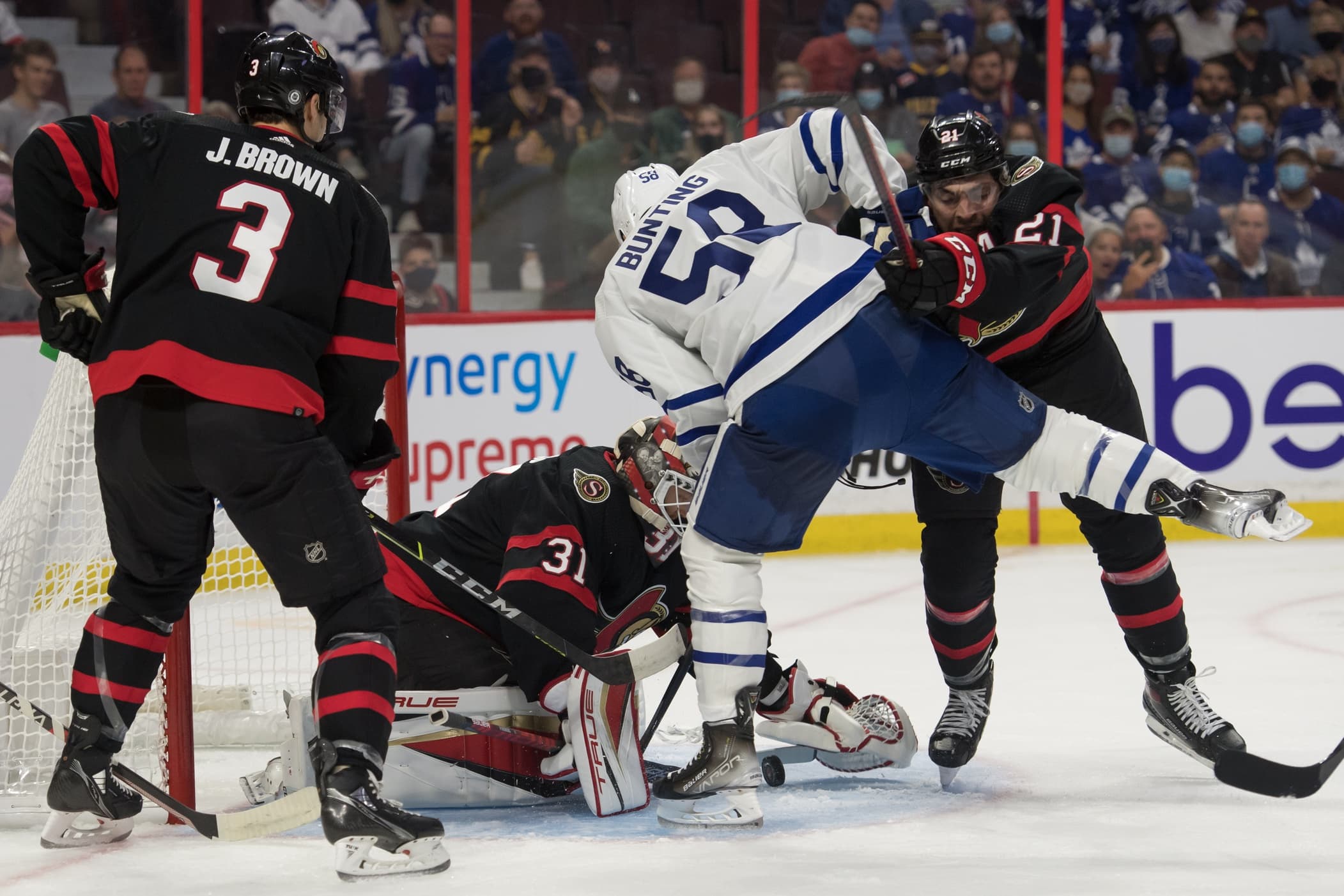Michael Bunting very well could be a 26-year old rookie of the year
Photo credit: Marc DesRosiers-USA TODAY Sports
By Ryan Hobart
Mar 10, 2022, 06:00 EST
Breaking News
- Maple Leafs impressed with Matthew Knies elevating his game in playoffs
- Pacioretty praises linemates Tavares, Nylander, Berube’s calm leadership ahead of Game 4
- Despite the Game 3 OT loss, Jeff Marek thinks the Leafs are fine: Leafs Morning Take
- Leafs aren’t worried about Auston Matthews’ lack of scoring in the playoffs
- Craig Berube indicates Anthony Stolarz is progressing, still not skating
